原始数据承接免疫浸润分析(1),下面展示免疫浸润结果:
#直接使用IOBR包内的cell_bar_plot
pic<-cell_bar_plot(input = quantiseq_immo_de[1:20,], title = "quanTiseq Cell Fraction")
#使用ggplot2
library(ggplot2)
library(magrittr)
data_gg<-pic$data
pic1<-data_gg %>%ggplot(aes(ID,fraction))+theme_void()+geom_bar(stat = "identity",position = "stack",aes(fill=cell_type))+scale_fill_manual(values = palette2,name=NULL)+theme(axis.text.x = element_text(angle = 90),axis.ticks.x = element_blank(),axis.text.y= element_text(),legend.position = "right") 
#箱线图
library(forcats)
#fct_reorder(cell_type, fraction): 将cell_type变量重新排序,排序的顺序与fraction变量的值相关。这样可以根据fraction的大小对cell_type进行重新排序,将出现频率较高的cell_type放在前面
pic2 <- ggplot(data_gg,aes(fct_reorder(cell_type, fraction),fraction,fill = cell_type)) + geom_boxplot() + geom_jitter(width = 0.3,aes(color=cell_type))+theme_bw() + labs(x = "Cell Type", y = "Estimated Proportion by quanTIseq") +theme(axis.text.x = element_text(angle = 90,hjust=1),axis.ticks.x = element_blank(),legend.position = "right") + scale_fill_manual(values = palette1)
#热图
library(pheatmap)
heatdata<-quantiseq_immo_de[,-1]
rownames(heatdata)<-quantiseq_immo_de$ID
args(heatmap)
pheatmap(heatdata[1:20,])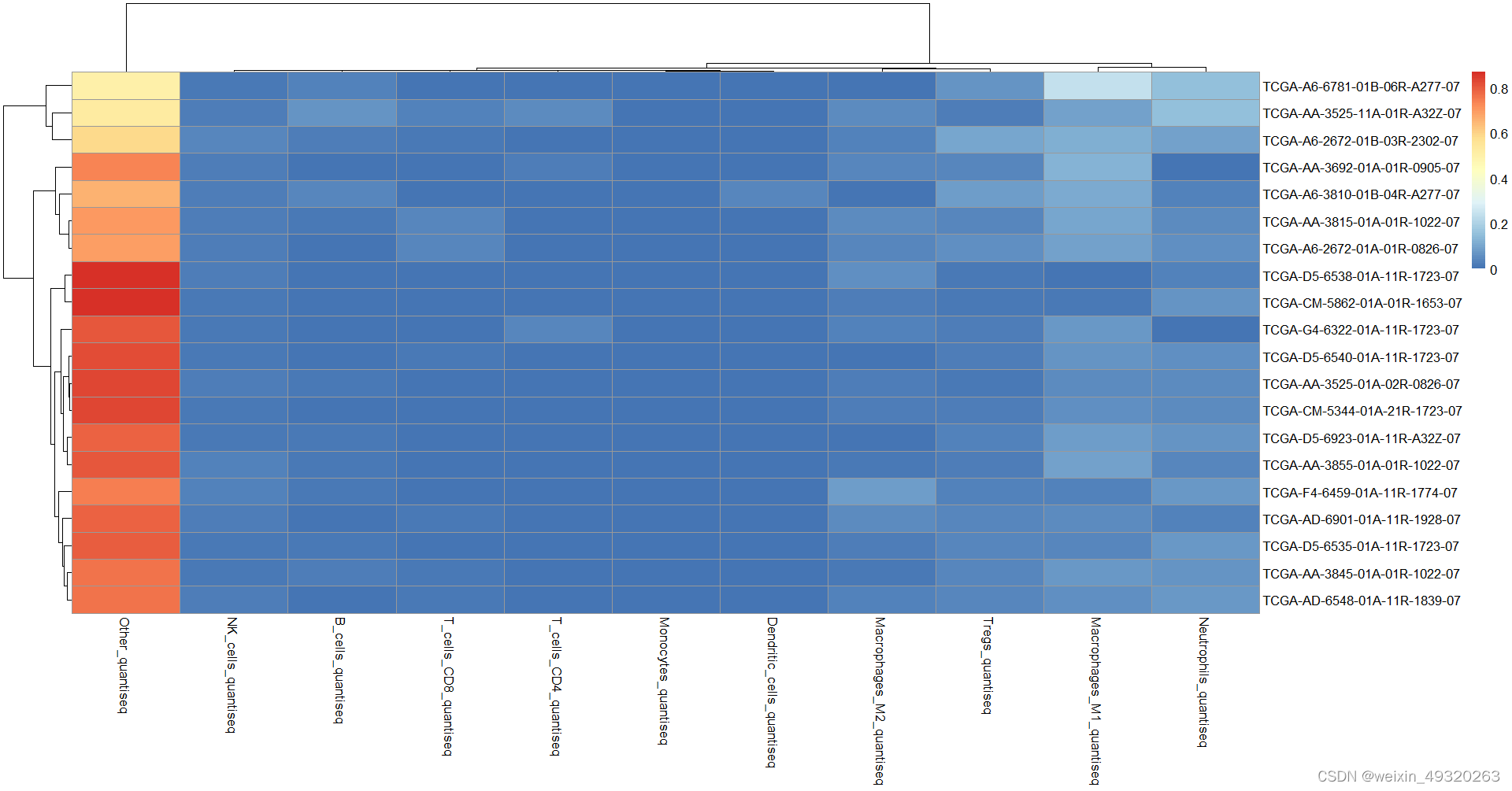




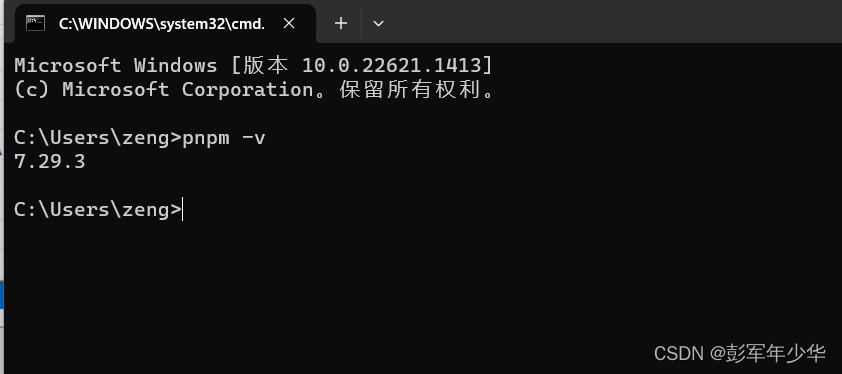
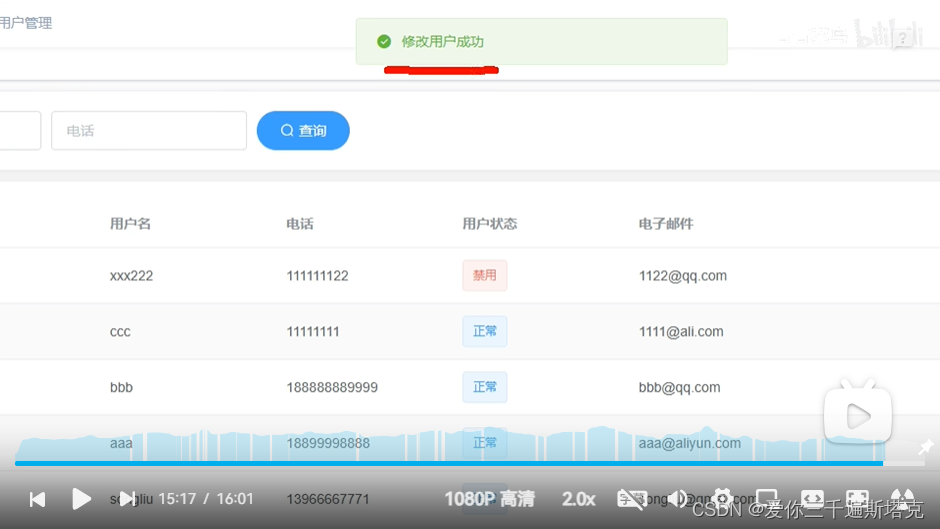
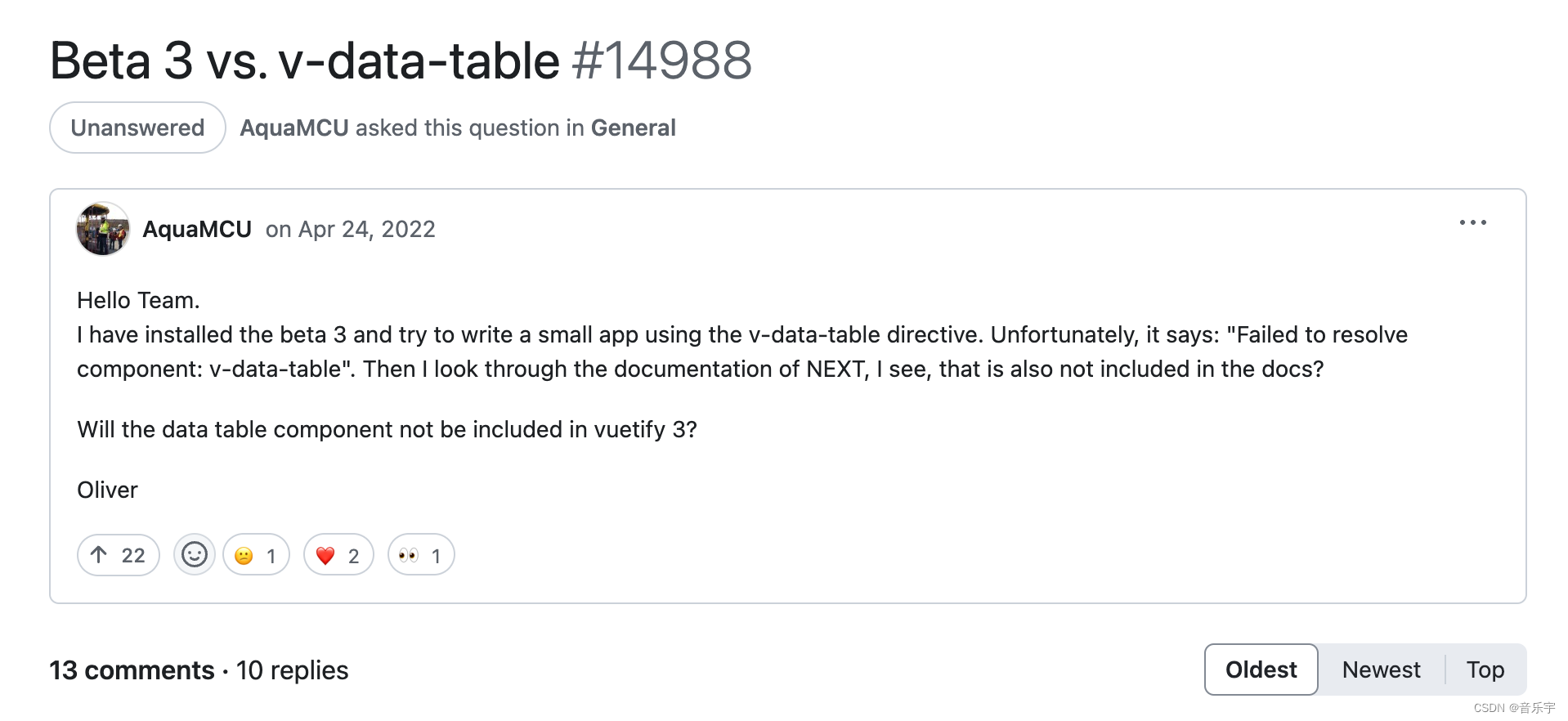
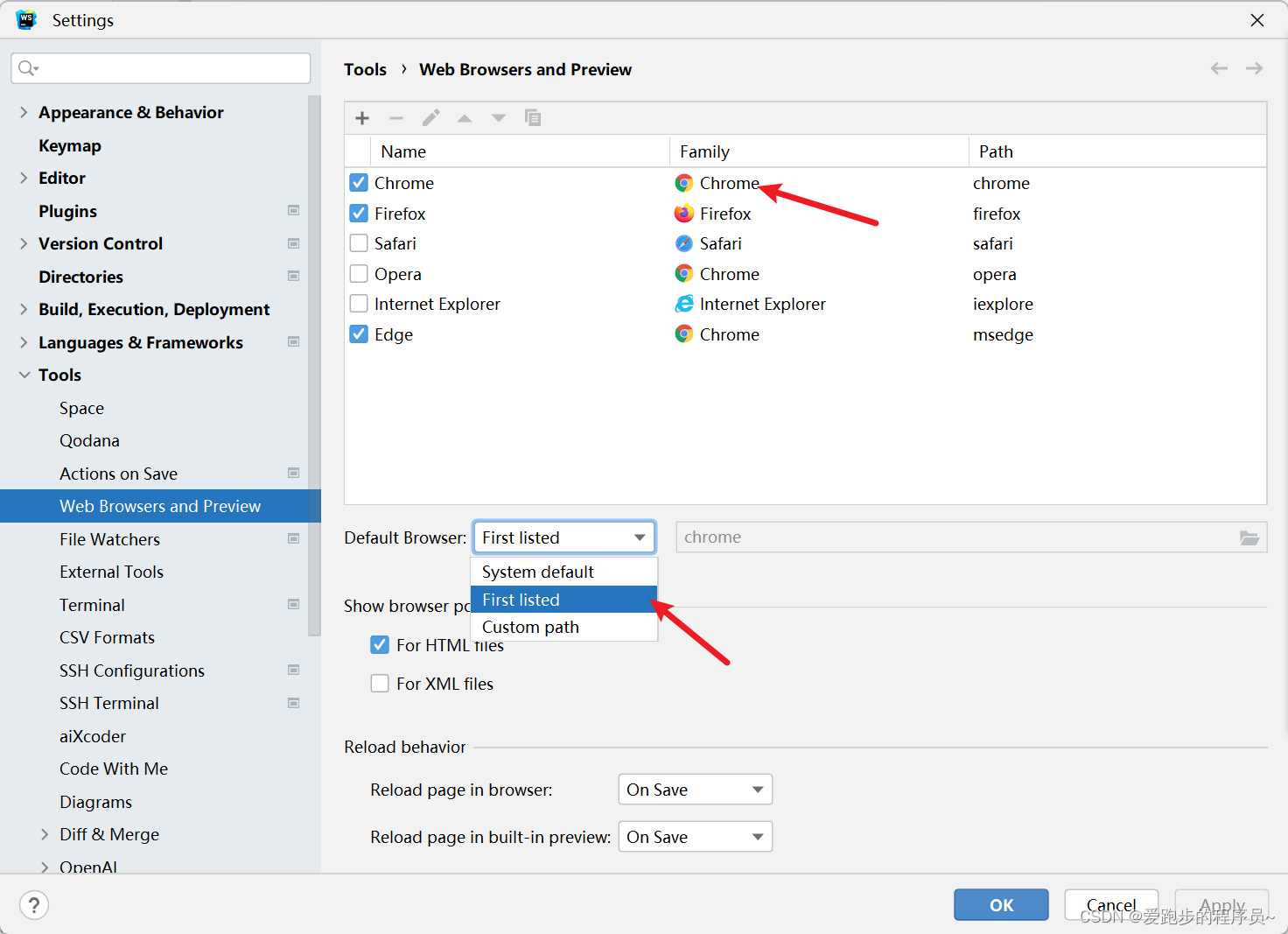



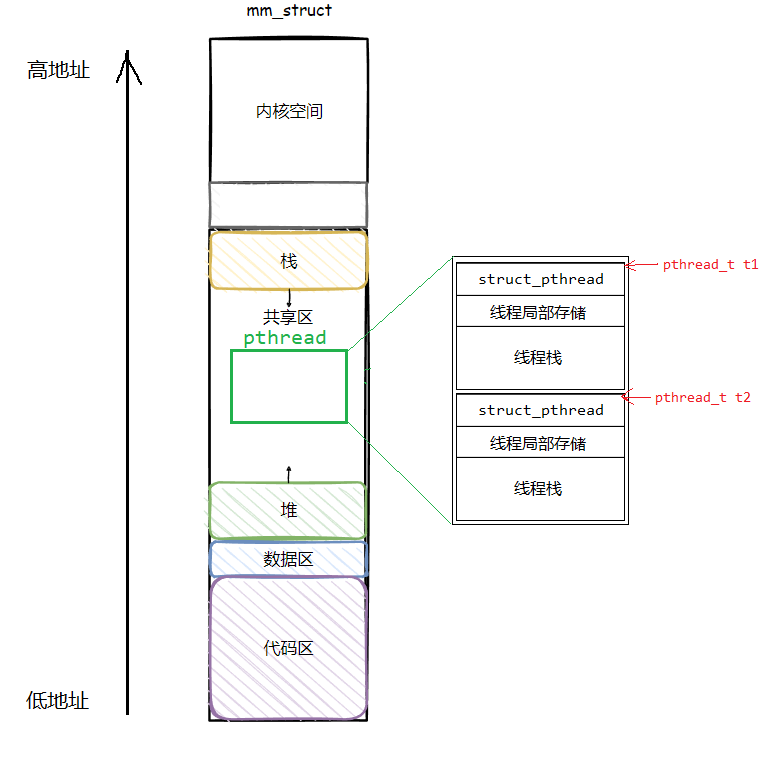

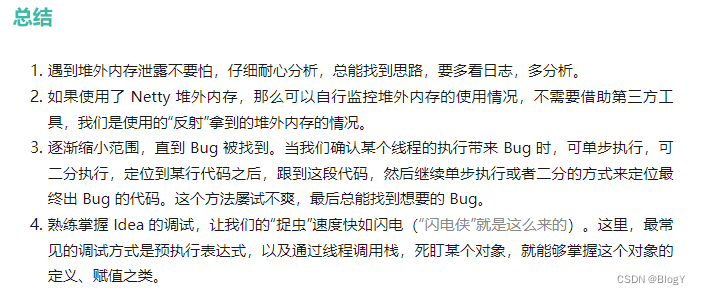
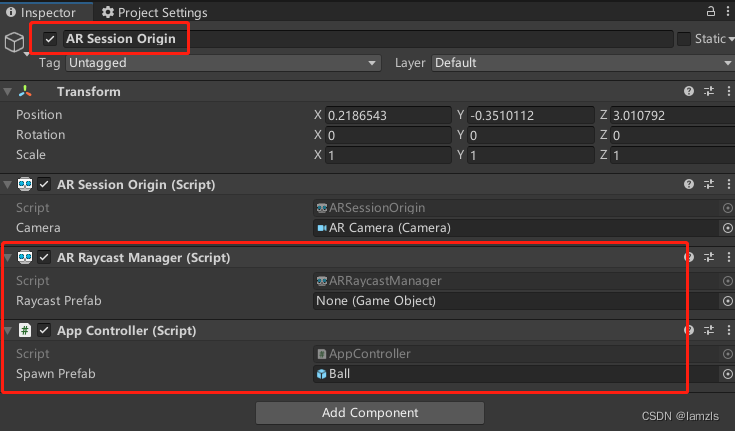
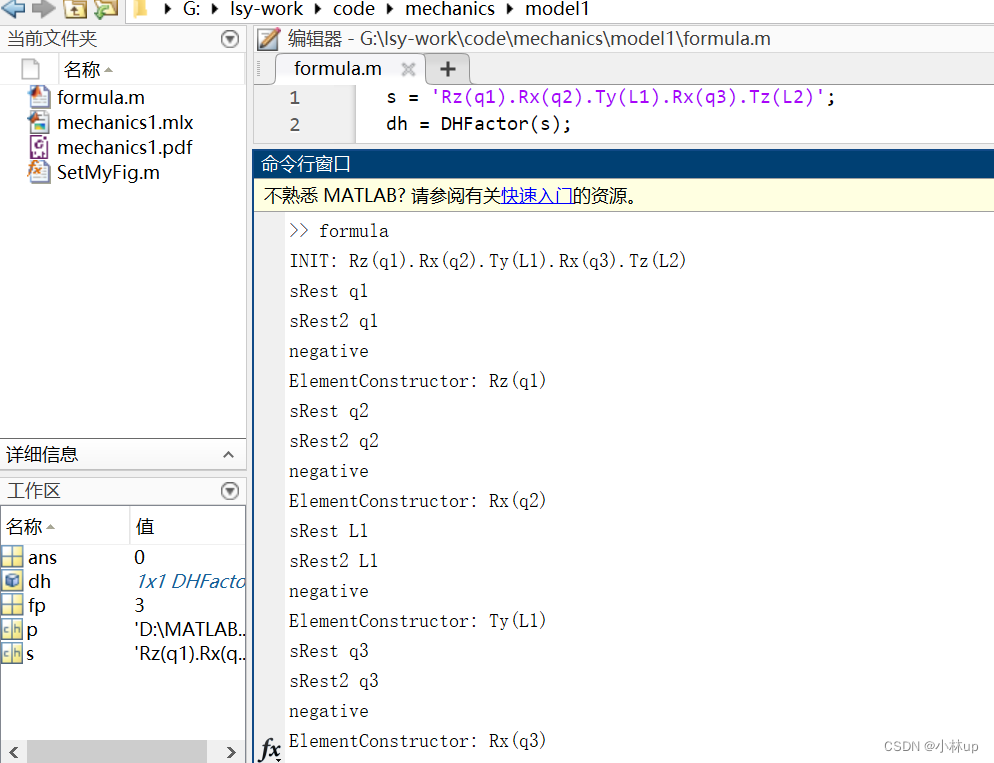
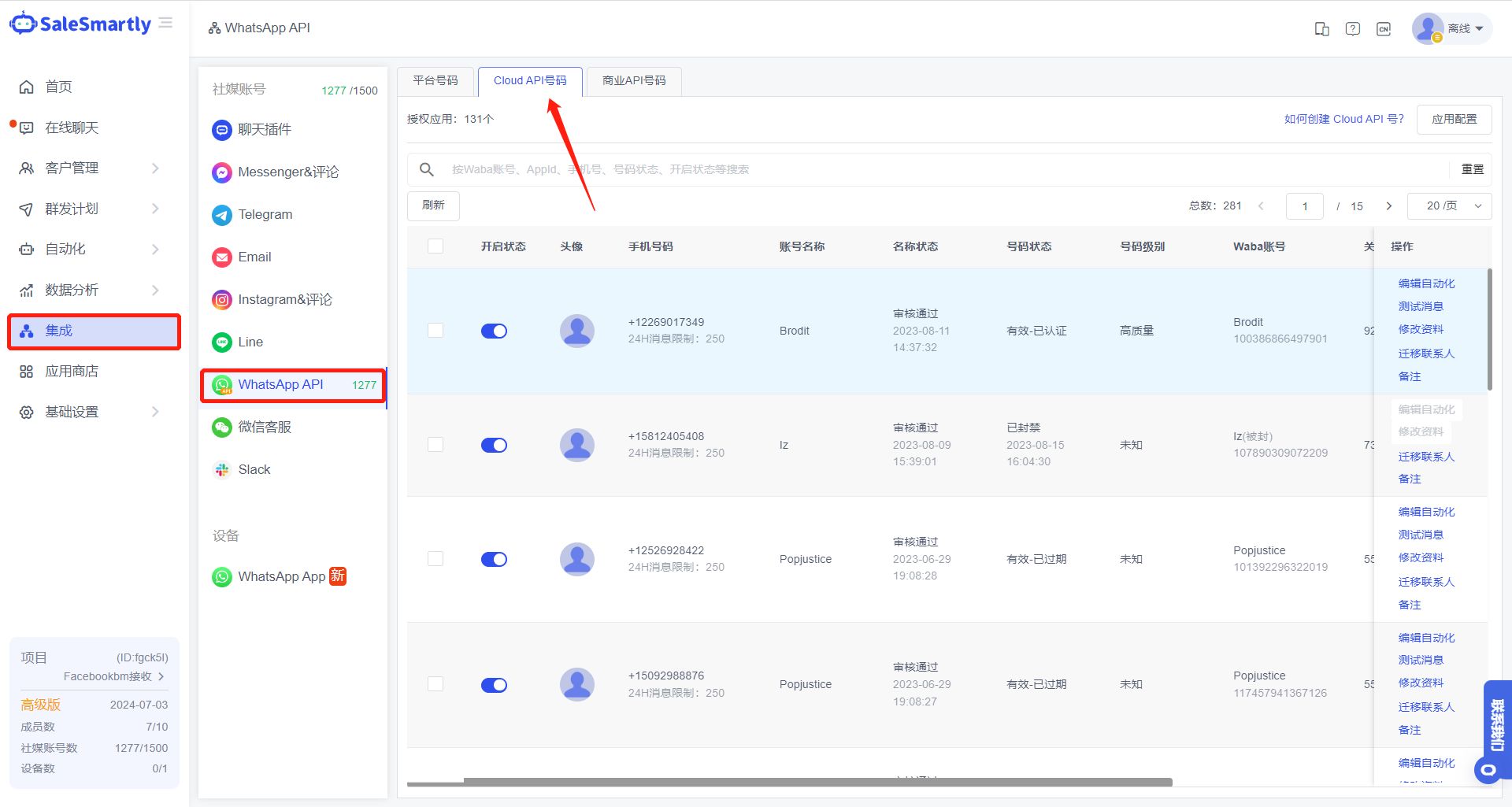

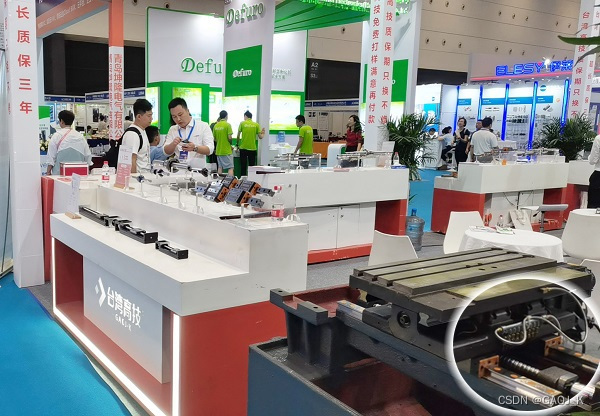
![任我行CRM系统存在 SQL注入漏洞[2023-HW]](https://img-blog.csdnimg.cn/2e763e24b0a04745bb1d7beb0e092d8e.png)